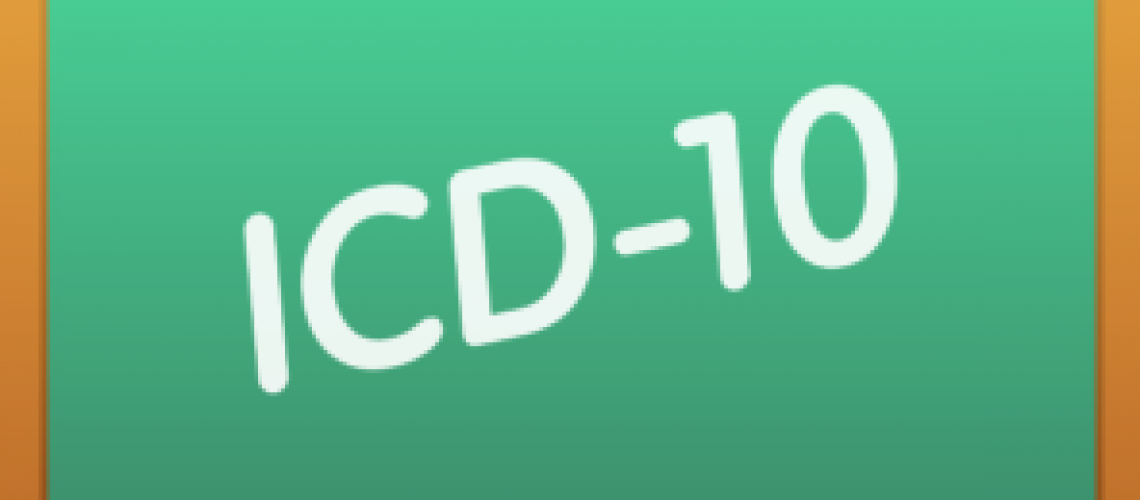For many practices, the day of Oct. 1, 2015 was the nerve-wracking great switch over from ICD-9 to ICD-10. Small practices were pegged as ill-prepared for the storm that was to hit on that particular day.
While James Legan’s practice did indeed flip the switch a little over a month ago, he did so without much of the worry that many of his physician peers across the country were experiencing, due to thorough preparation. The only strange thing was that Legan, a primary-care physician at an eight-doc practice in Great Falls, Mont., got ready for ICD-10 without totally realizing it.
The preparation began six months ago when Legan upgraded his server for his EHR to a cloud-based one. Thanks to that move, his EHR automatically upgraded to make its ICD-9 codes more specific. “[The updated choices of codes] fit the ICD-10 metrics more than the old ICD-9 metrics,” he said. “When Oct. 1 rolled around what was nice, I wasn’t sure how it would work … what happened was those [specific] ICD-9 codes were turned into ICD-10 codes. I was so surprised … I thought it would be a lot more labor intensive.”
While not every code easily translates from ICD-9 to ICD-10, overall the transition has been a lot less difficult than Legan imagined. Already, he has seen claims being reimbursed under ICD-10 for Medicare and Blue Cross Blue Shield. He is confident that he’ll avoid the plethora of denials that many are expecting. Legan added that because Medicare is not requiring as much specificity during the first year of the transition he feels even better about the switch.
To say it was just upgrades and software would be short-changing the preparatory work Legan did on his own. There were traditional methods of preparation as well, including the use of paper. The physician printed out the most common ICD-9 codes he saw in his practice and cross walked it to ICD-10, printing that information on a laminated sheet. He also hired an ICD-10 expert to speak with the practice.
Contrary to popular belief, Legan also thinks his early success has been attributed to the fact he works at a small practice. Working with billers on the staff, any problems they’ve encountered in ICD-10 — such as trouble getting claims to clear through clearinghouses — can be quickly identified.
“The advantage we have as a small practice, is each doctor can pick the tools that work individually for us … we’re linked under a [practice management system], which works well with the clearinghouses,” Legan said.
Once the headaches of ICD-10 are over, Legan is looking forward to seeing the more specific coding at work. “I think ICD-10, with the negative press you read, and quite frankly, I haven’t been a huge fan myself … but it allows you to code more specifically, and the vaccination and wellness codes [are] easier. There are advantages to ICD-10,” he said.
For other small practices that are not having as easy a time switching, Legan recommends trying out his laminated sheet method as well as ensuring physicians and billing staff are on the same page. Ultimately, he has four words of advice: “Just hang in there.”
——————————————————
Photo courtesy of: Medical Coding News
Originally Published On: Diagnostic Imaging
Follow Medical Coding Pro on Twitter: www.Twitter.com/CodingPro1
Like Us On Facebook: www.Facebook.com/MedicalCodingPro








This Post Has One Comment
Pingback: How One Doc Made ICD-10 Work | scrubs and suits
Comments are closed.